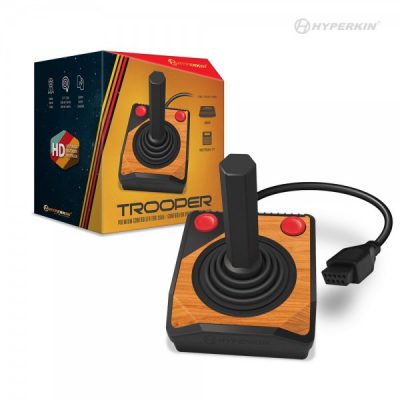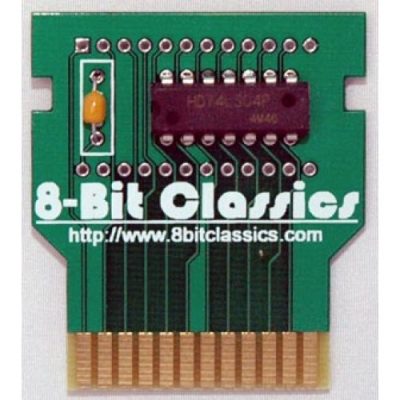The Atari ST is part of a mid-1980s generation of home computers that have 16 or 32-bit processors, 256 KiB or more of RAM, and mouse-controlled graphical user interfaces. This generation includes the Macintosh, Commodore Amiga, Apple IIGS, and, in certain markets, the Acorn Archimedes. “ST” officially stands for “Sixteen/Thirty-two”, which refers to the Motorola 68000’s 16-bit external bus and 32-bit internals.
The ST was sold with either Atari’s color monitor or the less expensive monochrome monitor. The system’s two color graphics modes are only available on the former while the highest resolution mode needs the monochrome monitor.
In some markets, particularly Germany, the machine gained a strong foothold as a small business machine for CAD and desktop publishing work. Thanks to its built-in MIDI ports, the ST enjoyed success for running music-sequencer software and as a controller of musical instruments among both amateurs and well-known musicians.
The ST was superseded by the Atari STE, Atari TT, Atari MEGA STE, and Falcon computers.
* Information provided by Wikipedia
| Manufacturer | Atari Corporation (1984–1992) |
| Type | Personal computer |
| Release date | June 1985 |
| Introductory price | US$799.99 (with monochrome monitor) |
| US$999.99 (with color monitor) | |
| Discontinued | January 1993 |
| Operating system | Digital Research’s GEM run via Atari TOS |
| CPU | Motorola 680×0 @ 8 MHz & higher |
| Memory | 512 KiBs (512×210 bytes) to 4 MiB(4×220 bytes) |
| Graphics | |
| Sound | |
| Connectivity | |
Showing all 5 results









